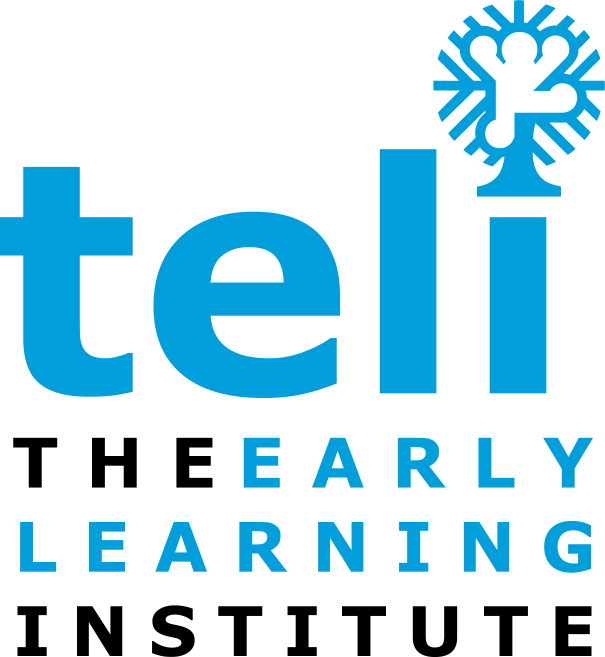Concerned about your child’s development?
Do any of these concerns sound familiar?
“My child is having issue switching from a bottle to a sippy cup”
“I am concerned that my child is not making eye contact with me or other people”
“I don’t know what is causing my child’s meltdowns..it just happens out of the blue!”
As a parent, understanding when to be concerned about a random issue and when to realize that your child may need some help such as Early Intervention Services is a delicate balance. teli’s Early Intervention focus is to help children, 0 to 3 years of age, and their parents address behaviors that are not consistent with established childhood developmental milestones.
What are the issues most commonly addressed through Early Intervention Therapy?

“Often parents come to us with concerns they have recognized and have shared with their doctor. “ notes Laura Funk, teli Occupational Therapist. Occupational Therapy is an integral part of Early Intervention dealing with the way in which a child interacts with their environment. “The most common issues I have seen over my 20 years of practice are feeding issues, physical developmental delays and sensory processing disorders. For most parents, this is understandably difficult. Of course, I should be able to feed my child, or push them on a swing , or cuddle with them before bedtime. And these should all be enjoyable experiences versus very stressful times for the parents and the child.”
How can Early Intervention Services, such Occupational Therapy, address these issues?
Laura has helped children and their families address these issues through a variety of Occupational Therapy techniques after a full assessment of the child’s environment. The child and parent’s routine are an essential part of the solution, and at teli, the therapy provided by teli’s staff which incorporates that important factor, is termed Home Based Coaching.
An example of how a therapist utilizes Home Based Coaching is when parents can provide some insight on which toys would motivate a child . “We can in turn use that toy in their therapy by perhaps placing it on a child’s weaker side to encourage use of their weaker arm. “ notes Laura. “Additionally, knowing their favorite snacks and placing them in an ice cube tray is a great way to promote “pincer grasp”; when a child grasps things with their thumb and forefinger.”
How do Occupational therapists help child with the most common child development issues?
Feeding Issues
Observing a family at mealtimes with their “picky eater” is one such way to incorporate Home Based Coaching when feeding concerns are identified . “As an occupational therapist, I sit down with the family to understand the dynamics of meal time. We help parents with techniques to address a child’s oral motor skills through tongue movement exercise to enhance chewing and sucking or help the transition from smooth textures to more solid food. The goal is to reduce the stress that can build around mealtime when parents are faced with feeding their child, which would seem to be the most basic need a parent can fill.”
Physical Developmental Delays
Physical developmental delays such as infants not tracking an object in their field of vision or muscle tightness that affects their ability to sit or crawl. These concerns can be addressed through activities that the Occupational therapist can initiate by teaching a parent how to play with their child. “ We work with parents to realize the importance of play. Playing is the way children learn. Reaching for and grasping toys enables children to explore and learn how things work. We may recommend ways to position a child to help stretch a stiff muscle or maximize their ability to play.” notes Laura.
Sensory Processing Disorder
“Sensory processing disorder can cause a variety of issues for children. Some families avoid taking their child out into the community for fear of them acting out.” For these cases, Laura uses Home Based Coaching while accompanying mom and her son on a visit to a retail store to identify the stressors. If a child is reacting to bright lights, a ball cap can help reduce visual stimulation, and provide a calming effect.
Learn more about teli’s Early Intervention Services.



